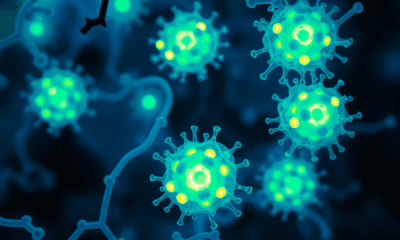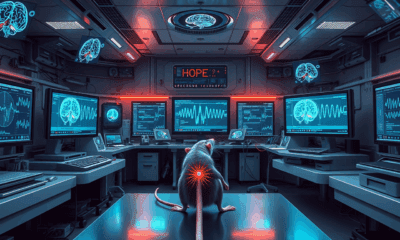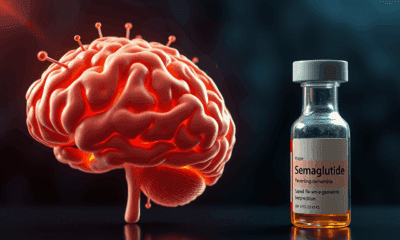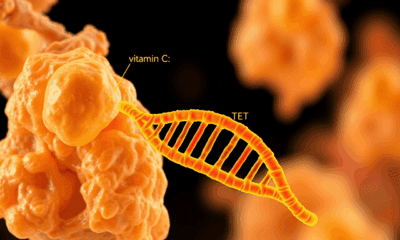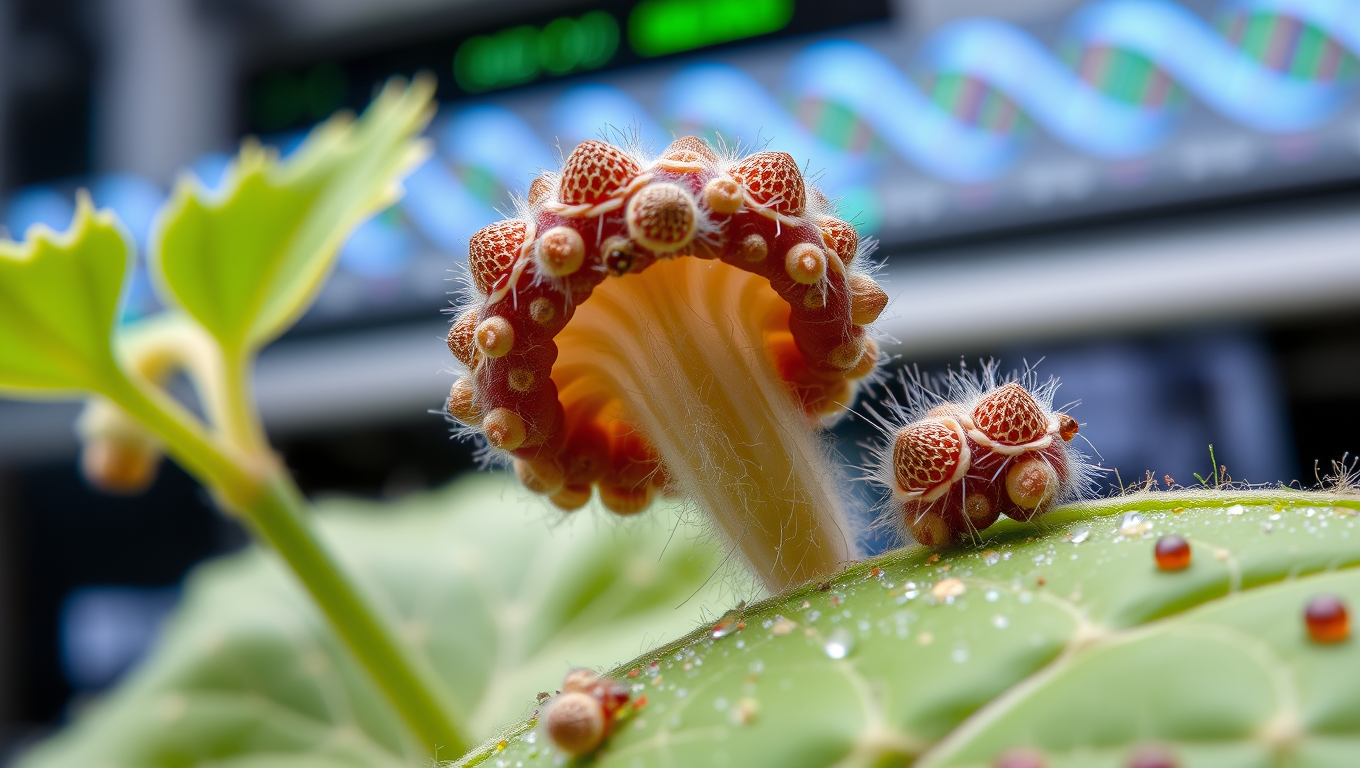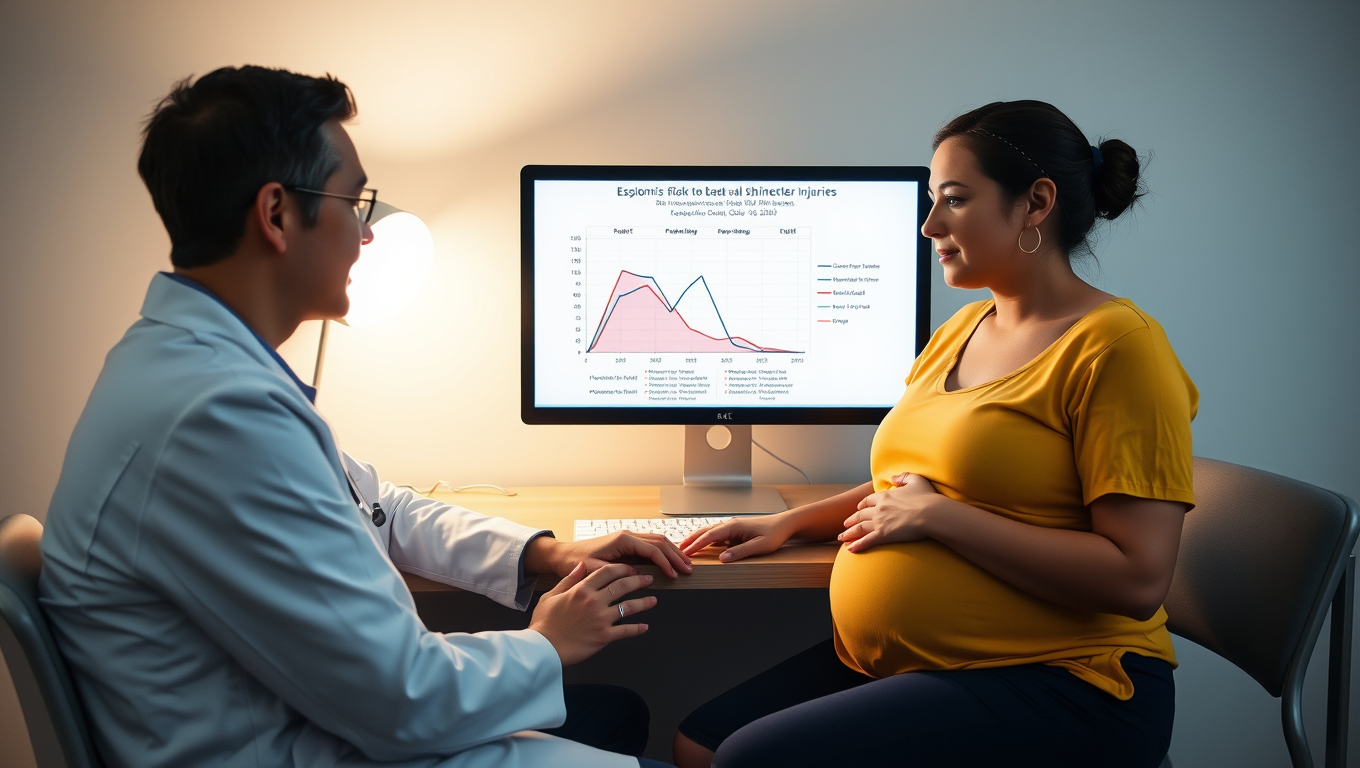While we try to keep things accurate, this content is part of an ongoing experiment and may not always be reliable.
Please double-check important details — we’re not responsible for how the information is used.
Birth Control
“Revolutionizing Pharmaceuticals: A Light-Driven Method to Create Key Drug Compounds”
Scientists have unveiled a groundbreaking chemical process that could streamline the development of pharmaceutical compounds, chemical building blocks that influence how drugs interact with the body.

Alternative Medicine
Brewing a Breakthrough: Scientists Turn Beer Yeast into Mini Factories for Smart Drugs
A team of researchers has turned ordinary yeast into tiny, glowing drug factories, creating and testing billions of peptide-based compounds in record time. This green-tech breakthrough could fast-track safer, more precise medicines and reshape the future of pharma.
Birth Control
Discovery of Elusive Fungus Yields New Opportunities in Pharmaceutical Research
Making a discovery with the potential for innovative applications in pharmaceutical development, a microbiology student has found a long sought-after fungus that produces effects similar to the semisynthetic drug LSD, which is used to treat conditions like depression, post-traumatic stress disorder and addiction.
Birth Control
New Method Reduces Risk of Severe Birth Injuries with Accurate Predictions
High birth weight is the main risk factor for birth injuries to the anal sphincter muscles of the person giving birth, according to a new study. This new method for predicting the risks could improve care and reduce injuries.
-

 Detectors2 months ago
Detectors2 months agoA New Horizon for Vision: How Gold Nanoparticles May Restore People’s Sight
-

 Earth & Climate4 months ago
Earth & Climate4 months agoRetiring Abroad Can Be Lonely Business
-

 Cancer3 months ago
Cancer3 months agoRevolutionizing Quantum Communication: Direct Connections Between Multiple Processors
-

 Agriculture and Food3 months ago
Agriculture and Food3 months ago“A Sustainable Solution: Researchers Create Hybrid Cheese with 25% Pea Protein”
-

 Diseases and Conditions4 months ago
Diseases and Conditions4 months agoReducing Falls Among Elderly Women with Polypharmacy through Exercise Intervention
-

 Chemistry3 months ago
Chemistry3 months ago“Unveiling Hidden Patterns: A New Twist on Interference Phenomena”
-

 Albert Einstein4 months ago
Albert Einstein4 months agoHarnessing Water Waves: A Breakthrough in Controlling Floating Objects
-

 Earth & Climate3 months ago
Earth & Climate3 months agoHousehold Electricity Three Times More Expensive Than Upcoming ‘Eco-Friendly’ Aviation E-Fuels, Study Reveals

